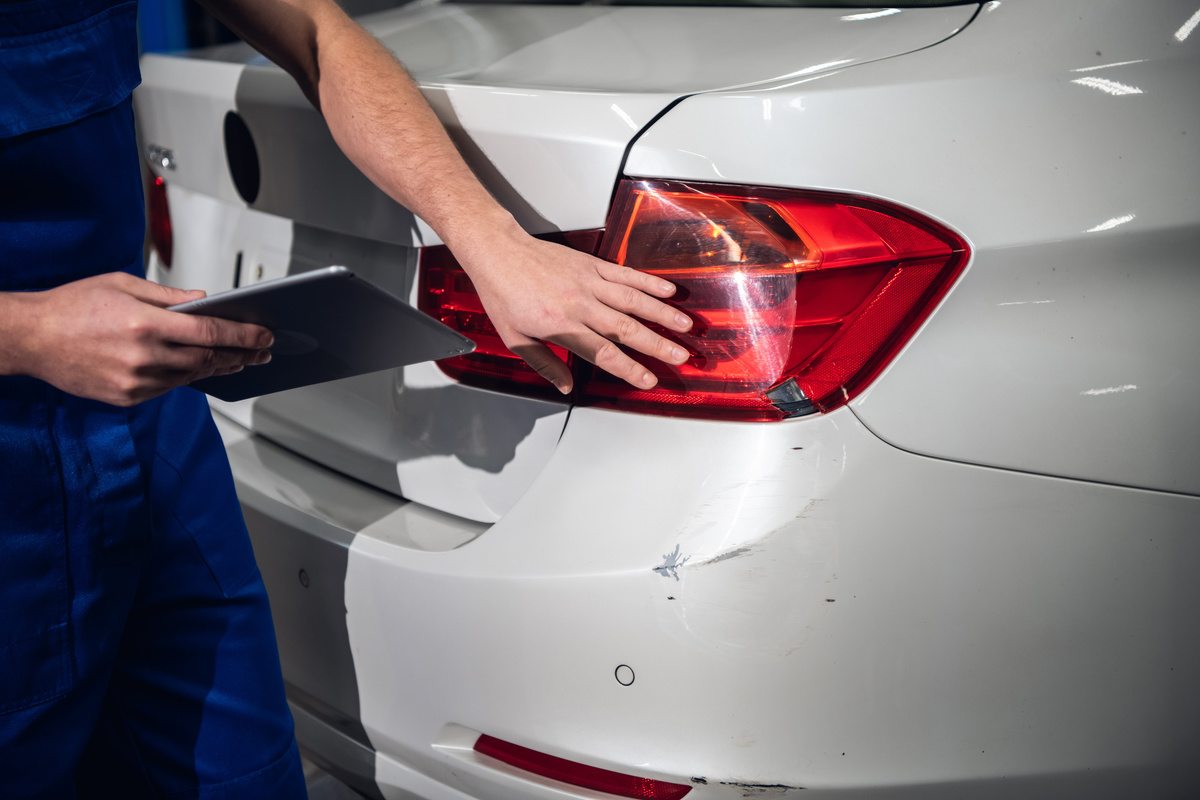How to Prioritize Repair Jobs: Managing Workloads to Meet Deadlines
-
Written by David McCreight
-
Published on January 08, 2025
-
Category: Strategic Planning
In the fast-paced world of collision repair, managing multiple repair jobs while meeting deadlines can be challenging. Prioritizing tasks effectively is crucial to ensure that vehicles are repaired on time, quality is maintained, and customer satisfaction is achieved. Below, we explore strategies to help collision repair shops manage their workloads efficiently and stay on track with deadlines.

1. Assess the Urgency of Repairs
Start by evaluating the urgency of each repair job. Consider factors such as insurance deadlines, vehicle safety, customer needs, and rental car agreements. Prioritize jobs based on which customers require their vehicles the fastest. Clear communication with customers can also help you understand their specific timelines and adjust priorities accordingly.
2. Evaluate the Complexity of Repairs
Not all repair jobs are created equal. Some repairs may take only a day, while others can span a week or more. Strive to balance quick, straightforward repairs with more complex ones to maximize overall productivity. For example, scheduling simpler jobs alongside longer, more intricate ones can help maintain workflow consistency.
3. Use a Job Tracking System
To effectively prioritize repair jobs, it’s essential to have a clear understanding of where each job stands in the repair process. Job tracking systems, such as CR Visual Production Manager™, provide visibility into the status of each repair. These tools help you monitor progress, identify bottlenecks, and make informed scheduling decisions.
4. Create a Buffer for Unexpected Delays
Complex repairs often uncover hidden damage that wasn’t initially visible. Build flexibility into your schedule to accommodate these surprises without disrupting the entire workflow. Having a buffer allows your team to address unexpected issues promptly while maintaining overall efficiency.
5. Delegate and Balance Workloads
Effective delegation is key to ensuring that all repair jobs are completed on time. Assign tasks based on the expertise and capacity of your technicians. Specialized technicians should handle tasks in their areas of expertise, while simpler repairs can be allocated to technicians with lighter workloads. This ensures a balanced distribution of work and minimizes the risk of burnout.
6. Account for Emergency Repairs and Special Requests
Emergency repairs and special requests often require immediate attention. For instance, a vehicle involved in an accident that renders it immobile might need urgent repairs to ensure it’s roadworthy or safe for towing. Incorporate these factors into your prioritization process to handle critical jobs without compromising other deadlines.
7. Leverage Tools from Collision Resources
At Collision Resources, we’ve designed body shop software solutions to help collision repair centers manage their workloads effectively. Our tools provide the resources you need to streamline operations, track progress, and meet deadlines with confidence. To learn more about our auto body shop software solutions, contact us today.
By implementing these strategies, collision repair shops can prioritize tasks efficiently, enhance workflow, and deliver exceptional service to their customers.
Subscribe to Our Newsletter
Interested in receiving more tips delivered directly to your inbox?

David McCreight is the Owner of Collision Resources and serves as President. Ultimately, David is categorically passionate about assisting auto body shop owners and managers to define and exceed their goals.


